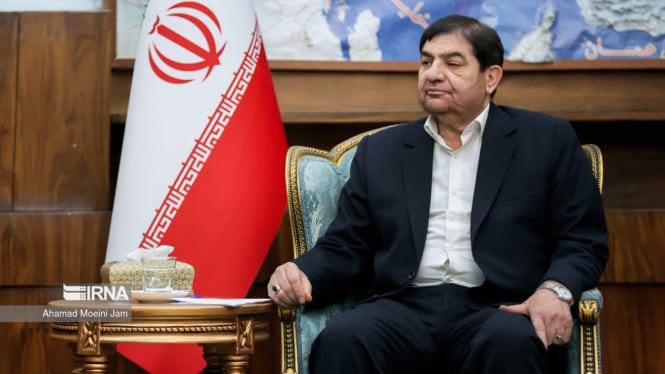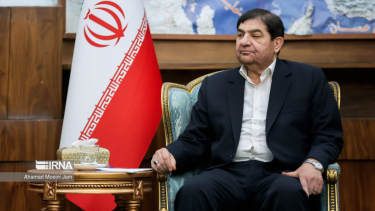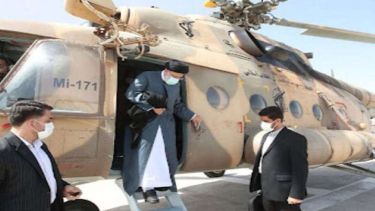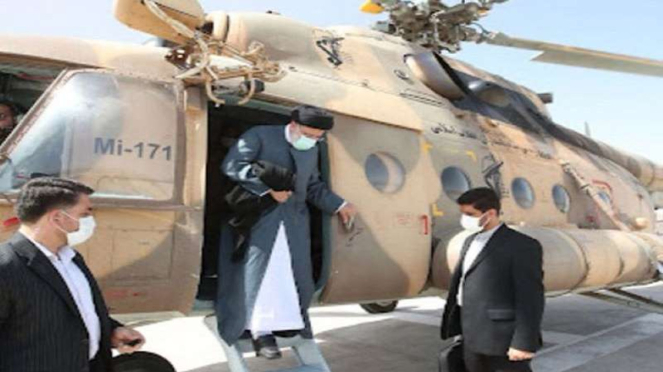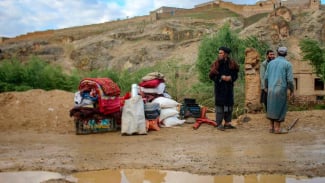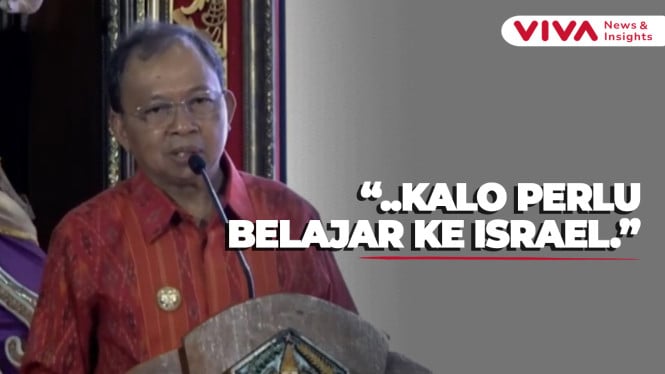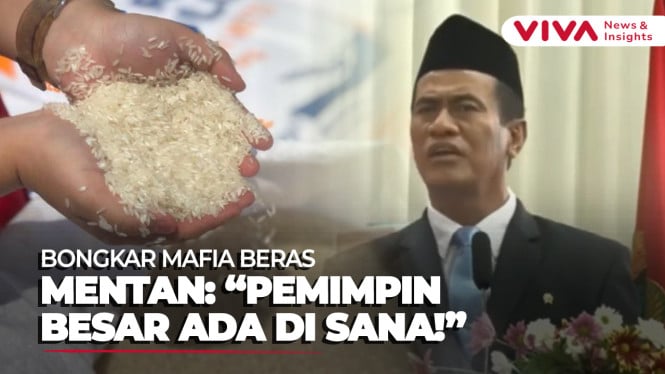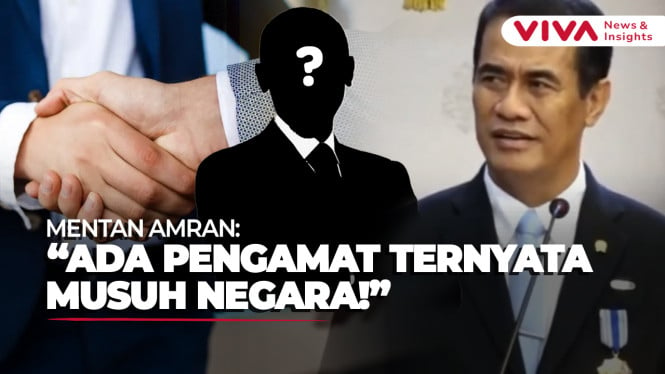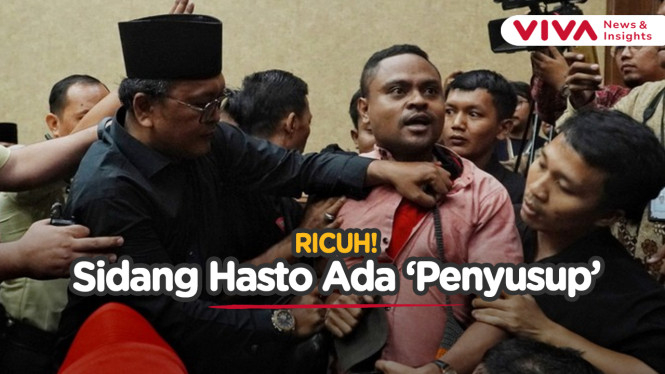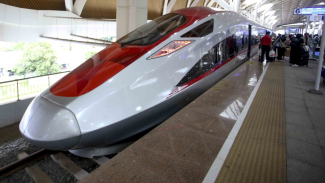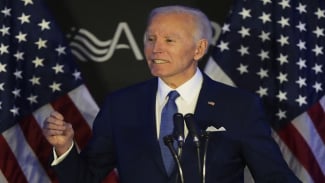Mohammad Mokhber as Interim President After Ebrahim Raisi's Death
- VIVA.co.id/Natania Longdong
Iran – With the death of President Ebrahim Raisi, Iran’s first vice president, Mohammad Mokhber, becomes interim president.
Mokhber is a conservative political operative with a long history of involvement in large business conglomerates closely tied to Iran’s supreme leader, Ayatollah Ali Khamenei.
In a statement on Monday, Khamenei said that Mokhber must work with the heads of the legislature and judiciary to hold elections for a new president within 50 days.
Vice presidents in Iran are typically low profile, operating more as players within the government than as public figures.
Presiden Iran Ebrahim Raisi saat menumpang Helikopter Mi-171
- Tasnim
“Iran’s vice presidents have traditionally not been contenders to succeed their bosses,” said Robin Wright, a joint fellow at the U.S. Institute of Peace and the Wilson Center in Washington.
“The bigger question, is who will the regime allow to run for the office," she added.
As information, Mokhber is around 68 years old and became first vice president in August 2021.
He is originally from Khuzestan Province in Iran’s southwest, bordering Iraq and the Persian Gulf.
He was a deputy governor there, and during the Iran-Iraq war in the 1980s served as a member of the Revolutionary Guards medical corps, as quoted from Nytimes site.
One of Mokhber’s relatively few high-profile appearances came when he and three other senior Iranian officials went to Moscow in October 2022 to complete a sale of Iranian drones and ballistic missiles to Russia, for use in the war in Ukraine.
Raisi chose him as vice president after Mokhber held senior positions in some of Iran’s most powerful organizations, including the Mostazafan Foundation, Sina Bank and Setad, a conglomerate entirely controlled by Ayatollah Khamenei that has billions of dollars in assets and was involved — not entirely successfully — in efforts to make and distribute a Covid-19 vaccine.
All three organizations are part of an opaque network of financial entities that are tied to the Iranian state, although they are not directly state-owned.
They're also connected to projects that are priorities for the supreme leader and his inner circle.
Mokhber’s involvement suggests that he has been a successful behind-the-scenes player who is familiar with the financing networks that are important to the official Iranian power structure.
The Mostazafan Foundation, where Mr. Mokhber worked in the early 2000s, is officially a charity but is described by the U.S. Treasury as “a key patronage network for the supreme leader” that includes holdings in key sectors of Iran’s economy, including finance, energy, construction and mining.
It's the subject of sanctions by the U.S. Treasury because it is controlled by Mr. Khamenei, and the Treasury said it was created in part to confiscate and manage property, including that originally belonging to religious minorities in Iran, including Baha’is and Jews.
The Treasury said that the foundation funnels some of its money to individuals and entities in the Islamic Revolutionary Guards Corps that have been involved in terrorism and human rights abuses.
The Sina Bank has faced sanctions by the U.S. Treasury and the European Union for financing Iran’s nuclear and ballistic missile program.
Mokhber appears to have risen to the top of Iran’s political leadership in part because of the close relationship he developed with Iran’s supreme leader, dating from at least 2007 when he joined the leadership of Setad.
Within a few months of his appointment to Setad, Mokhber had founded the Barakat Foundation, which has a number of companies under its aegis including a major Iranian medical and pharmaceutical company.
While his relationship with the supreme leader will be important while elections are being organized, analysts say that a much larger group of high-ranking officials around Khamenei will determine how this sensitive period in Iran will be handled.
